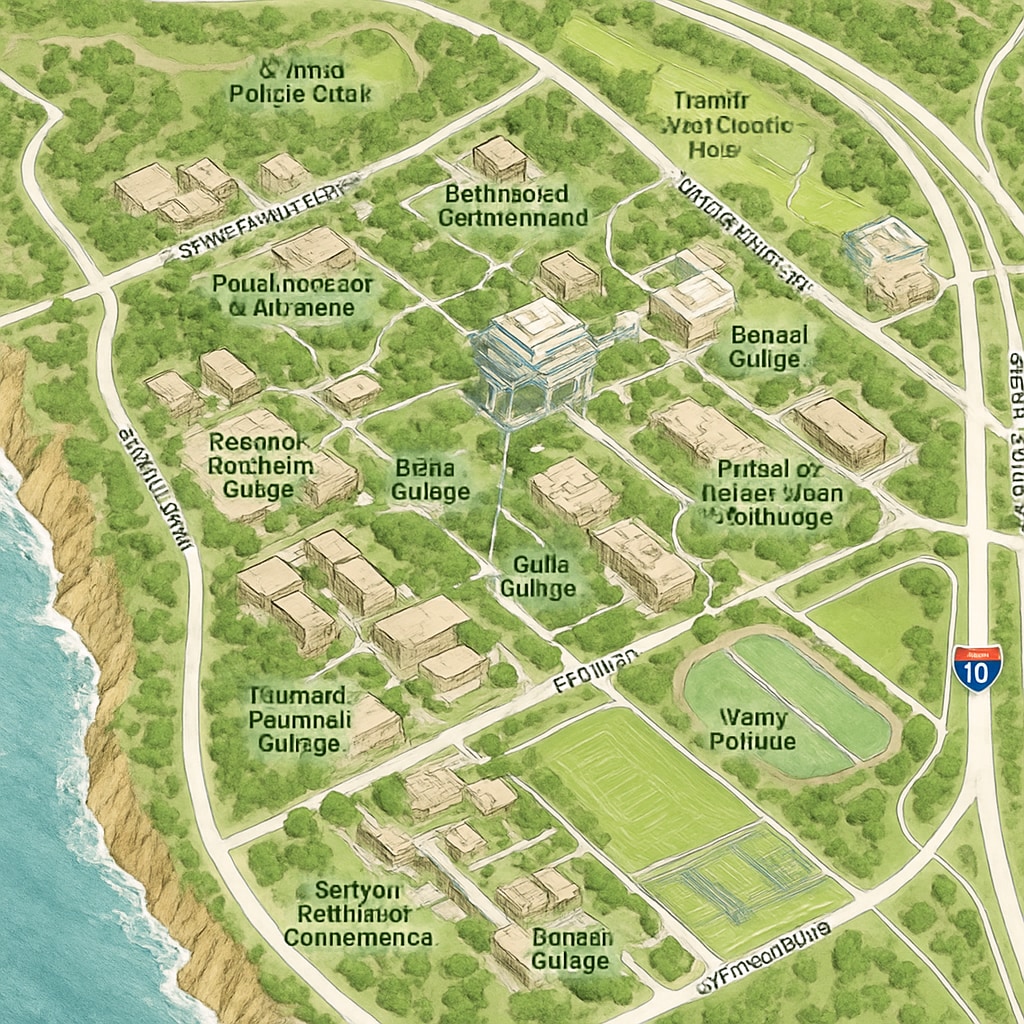UC San Diego’s ambitious expansion plan, which aims to accommodate 56,000 students by 2040, marks a significant shift in the landscape of higher education. As one of the leading public universities in the United States, UC San Diego’s growth is poised to redefine academic opportunities and challenges not only for higher education but also for K-12 schools. The interconnected nature of education systems means that this expansion will have profound implications for how K-12 institutions prepare students for a competitive academic environment.

What UC San Diego’s Expansion Means for Higher Education
UC San Diego’s plan to increase its student body from approximately 40,000 to 56,000 reflects broader trends in higher education aimed at addressing growing demand for college admissions. With California’s population continuing to rise and a greater emphasis on making higher education accessible, UC San Diego’s expansion aligns with state-wide goals to serve more students while maintaining academic excellence.
However, scaling up comes with challenges. Increased enrollment places pressure on facilities, faculty, and resources. UC San Diego will need to invest heavily in infrastructure, including housing, classrooms, and research facilities, to accommodate its growing student population. Moreover, the university must ensure that the quality of education remains high despite larger class sizes and higher demands on faculty.
How K-12 Education Must Adapt to Prepare Students
The expansion of UC San Diego will undoubtedly intensify competition for admissions, raising the bar for high school students aiming to secure a spot at this renowned institution. As a result, K-12 schools must adapt their strategies to better prepare students for this evolving academic landscape. Here are several ways K-12 education can respond:
- Enhanced Academic Rigor: Schools may need to introduce more advanced coursework, such as AP (Advanced Placement) or IB (International Baccalaureate) programs, to ensure students are well-prepared for the challenges of university-level study.
- Focus on STEM Education: Given UC San Diego’s reputation for science, technology, engineering, and math (STEM) programs, K-12 schools should emphasize STEM curricula to align with future academic expectations.
- College Counseling Services: Schools will need to bolster their counseling services to help students navigate the increasingly competitive admissions process and make informed decisions about their academic futures.
- Soft Skills Development: Beyond academics, K-12 educators should focus on fostering critical thinking, communication, and leadership skills to give students a competitive edge.

Opportunities and Challenges for K-12 Schools
While UC San Diego’s expansion presents challenges, it also offers opportunities for K-12 schools. On the positive side, the university’s growth could lead to increased collaboration between higher education institutions and local schools. For example, UC San Diego may expand outreach programs, offering workshops, mentorship opportunities, and partnerships to help K-12 students excel.
However, the challenges cannot be ignored. Schools serving underrepresented communities may struggle to keep pace with the increasing expectations for college readiness. Disparities in resources, funding, and access to advanced academic programs could widen the gap between students who are prepared for UC San Diego and those who are not.
Conclusion: Preparing for the Future
UC San Diego’s ambitious expansion plan is a bold step toward redefining higher education in California. As the university grows, K-12 schools must proactively adapt to ensure their students are prepared to thrive in a more competitive academic environment. By enhancing curricula, focusing on STEM education, and expanding college counseling services, K-12 institutions can turn this challenge into an opportunity for growth.
As a result, collaboration between higher education and K-12 schools will be essential to creating an ecosystem where students can succeed at every stage of their academic journey. UC San Diego’s expansion is not just about growing numbers; it’s about shaping the future of education itself.
Readability guidance: This article uses clear headings, short paragraphs, and structured lists to improve readability. Transition words such as “however,” “in addition,” and “as a result” ensure smooth flow between ideas.


